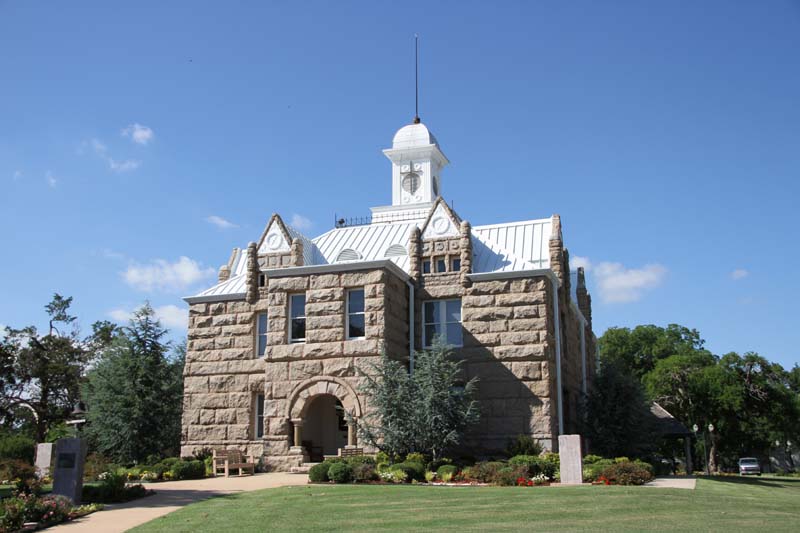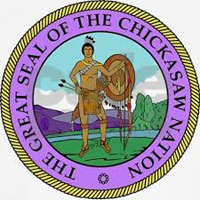 |
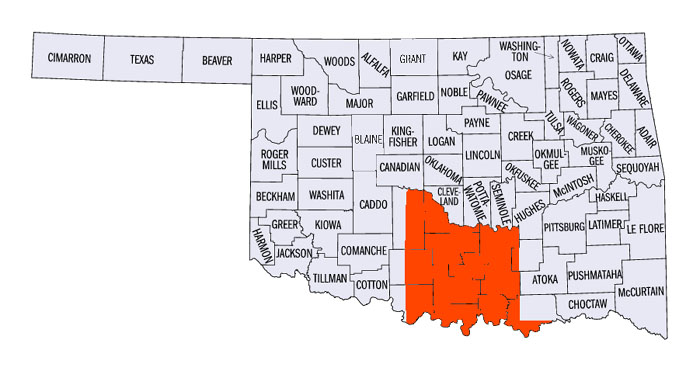 |
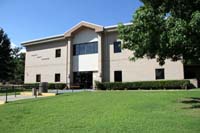 Back to the Johnston County Courthouse Page |
After the Chickasaws were forced to emigrate to the Indian Territory,
they built their main town, Tishomingo, where they constructed a
one-room log council house to serve as their capitol.
In 1858, the Chickasaws built a
two-story brick building that would be their capitol until 1898. The
ravages of the Civil War and the aftermath of financial hard times left
the 1858 building in a sorry state. The Chickasaw leaders ordered that
the old building be dismantled and that a new capitol should be put in
its place.
However, by 1898, the negotiations were well
underway between the Chickasaws, Choctaws and U.S. Government that would
result in the Atoka Agreement. A key provision stated that the tribal
governments were to be terminated on March 4, 1906. The tribal
chiefs ratified the document in November 7, 1896, though it had to be
approved by Chickasaw voters in an election held in August 1898.
Despite the knowledge that the capitol would soon become useless because the Nation itself would become defunct, the Nation pursued construction of an imposing building as a memorial to the existence of the Chickasaw people. Robert M. Harris, who was elected Governor in 1896, is credited with being the driving force behind the construction. The Victorian gothic structure is built of red granite from Pennington Creek. The rock came from a quarry owned by Harris, and was cut and hauled into town on mule-drawn wagons.
The Chickasaw
Nation Capitol Building housed
the government of the Chickasaw
Nation during its last six years of existence. The government ceased to
exist on March 4, 1906, a little more than one year before Indian
Territory and Oklahoma Territory combined to form the present state of
Oklahoma. The building was sold to Johnston
County, Oklahoma, in 1909, which used it as the County Courthouse. The
Chickasaw Nation repurchased the structure in 1992, and has turned it
into a museum.
 |
 |
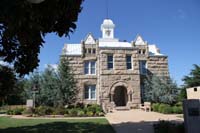 |
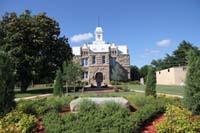 |
 |
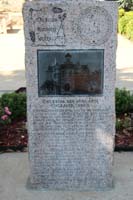 |
 |
 |
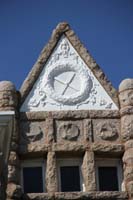 |
 |
 |
 |
 |
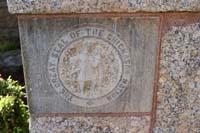 |
 |

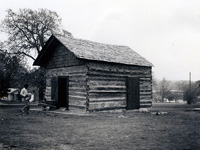 Chickasaw Nation Council House 1855-1858 |
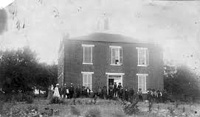 Chickasaw Nation Council House 1858-1898 |
 Chickasaw Nation Headquarters Complex in Ada |
